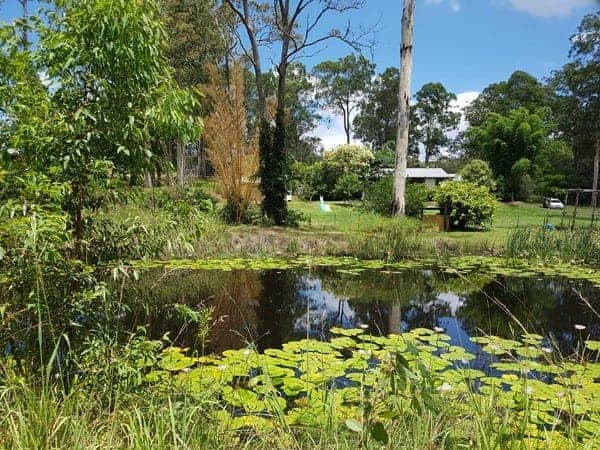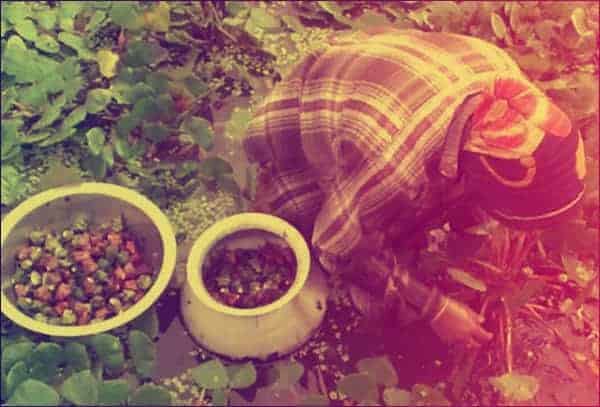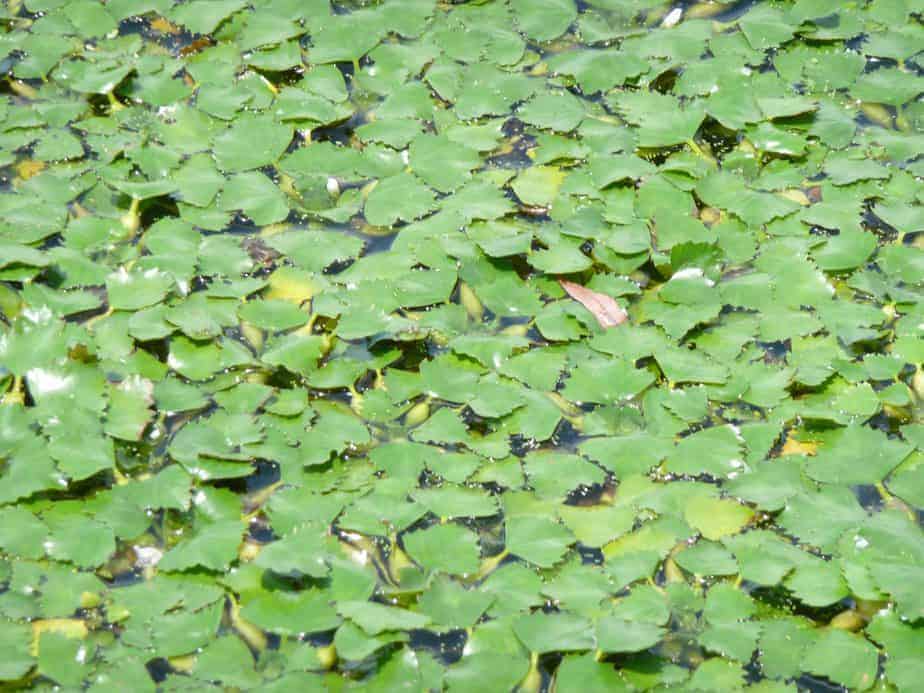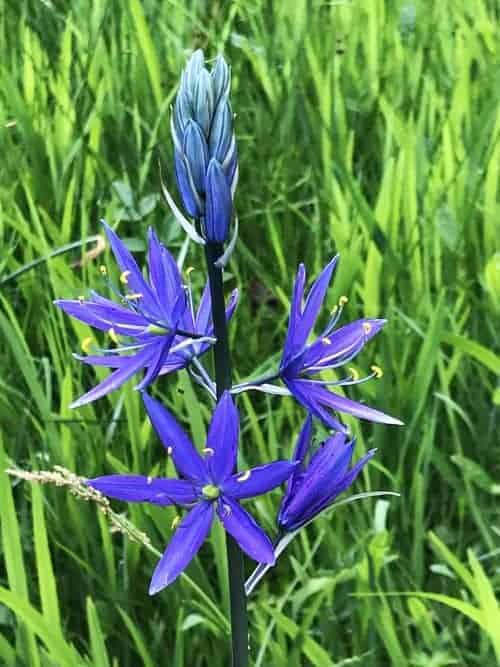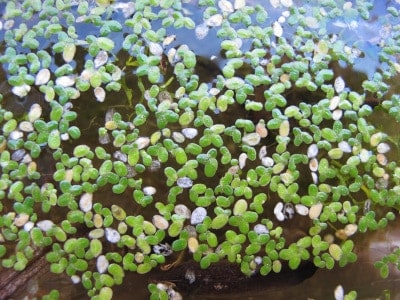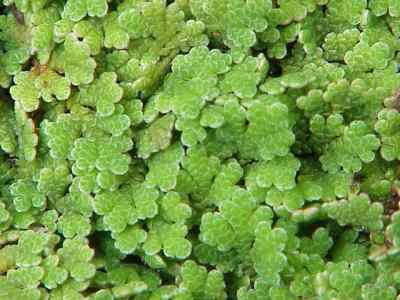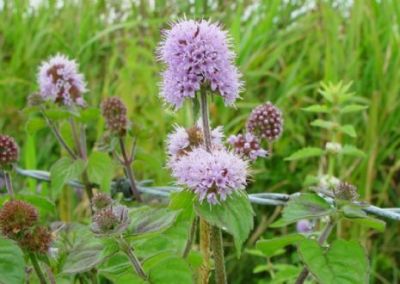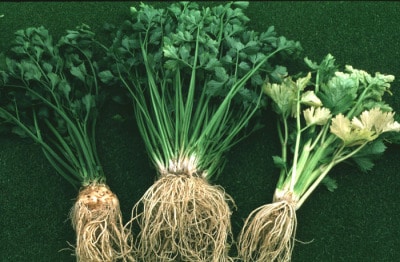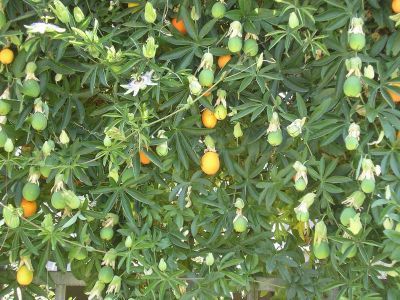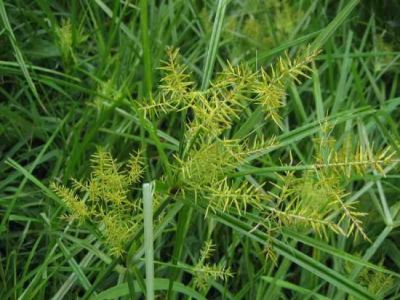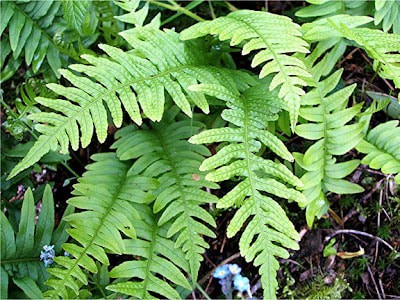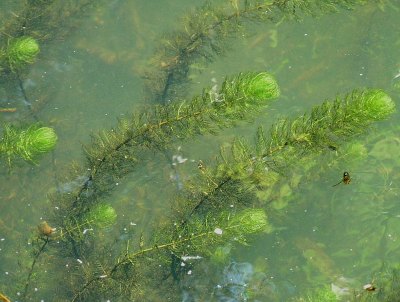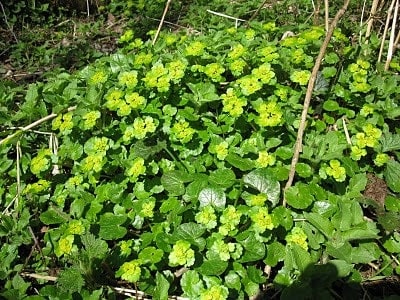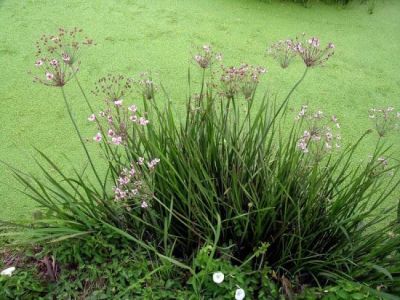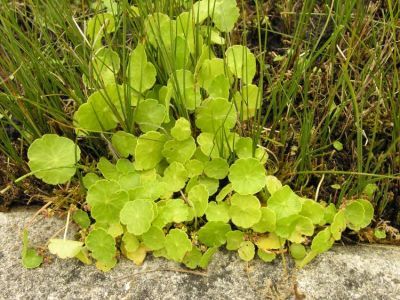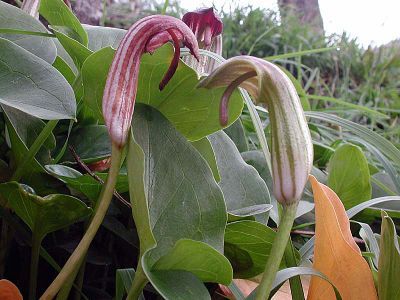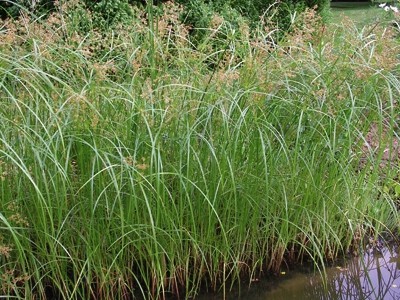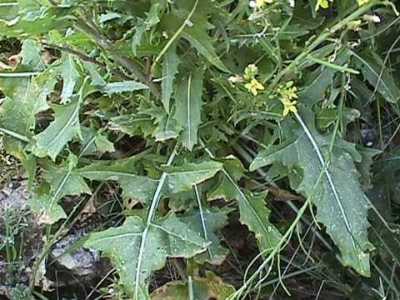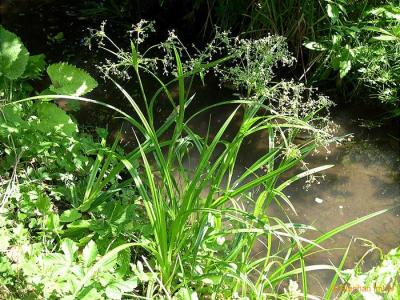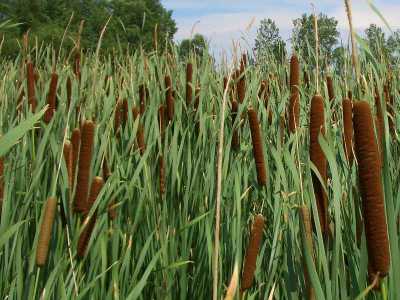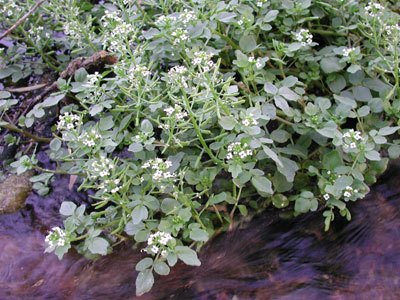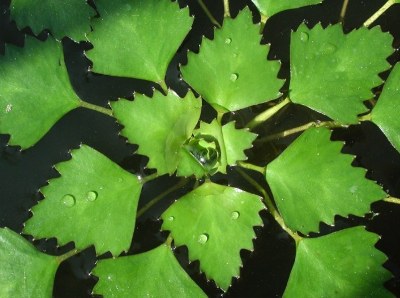Most edible aquatic plants come from tropical or sub-tropical climates. Many can be grown in cooler climates, but best results are achieved if you can grow them in warm sheltered positions.
As most edible water plants are quick growing they are great for use as natural plant filters.
A water-based food web will also attract a diverse mix of local wildlife species to your dam.
Establishing vegetation of different forms and heights, provides habitat, refuge and food for wildlife such as birds, amphibians (frogs), mammals (possums and bats), reptiles (lizards, turtles and snakes), fish, yabbies, aquatic organisms and insects such as butterflies and dragonflies.
These extra insects, birds and bats will help with pollination of pastures, crops, trees and plants in your garden
Unique Characteristics Of Aquatic Plants
- Aquatic plants have less rigid structure since water pressure supports them.
- Since they need to float, leaves on the surface of plants are flat.
- The presence of air sacs enables them to float.
- Their roots are smaller so water can spread freely and directly into the leaves.
- Their roots are light and feathery since they do not need to prop up the plants.
- Roots are specialized to take in oxygen.
Water plants benefit your dam water
Plants play an important role in improving the health in the dam, through filtration, improving clarity and reducing algae.
Water loss through evaporation can be reduced through introducing edible water plants to shade the water, reducing the water temperature, and by slowing the air flow/wind over the surface. There are many plants such as plants for farm dams. pond plants, edible aquatic plants.
Water plants will improve the pest balance as they attract birds and beneficial creatures such as frogs and dragonflies to the garden.
The micro climate effect, of raising the humidity of the air around the dam, can be useful to improve pollination of subtropical plants such as custard apples and pawpaws.
The water plants themselves are very ornamental – and make a dam look lush and productive
Dam planning for water plants
To grow productive water plants, dams need to be built with a wide shelf around the edge, with the soil surface 10 cm below the water level.
During construction this wide shelf needs to be back-filled with quality topsoil.
It is a waste of time trying to grow waterplants in the steep, subsoil sides of the average Australian dam.
It is difficult to grow edible waterplants without a stable water level throughout the growing season so generally spring-fed dams are best. Adaptation of aquatic plants is evident by their structure: deeply dissected and waxy leaves, specialized pollination mechanism and variation in growth pattern.
The History of Waterplants
Scientists of the National Science Foundation (NSF) claimed that there is an overwhelming proof that the ancestors of modern terrestrial plants evolved in aquatic environments.
Over a million of years in the area where they used to survive, aquatic plants diversified.
One group coming from these organisms, possibly the ancestors of modern species of protoctistas known as green alga, started a new branch of the tree of life.
From this branch, emerged four groups of land plants, including the mosses, the ferns, the conifers, and the flowering plants. These four groups represented a series of events which reflected evolutionary history of land plants.
According to Professor Patrick Martone of the department of Biology, University of British Columbia, all land plants evolved from aquatic green algae, and scientists have long believed that lignin evolved after plants took to land as a mechanical adaptation for stabilizing upright growth and transporting water from the root.
Types of waterplants
1. Totally submerged plants – Are considered true water plants or hydrophytes. Example: Water starwort submerged in a marsh pond.
2. Floating plants – Are rooted in floating water (example: water lily) or not rooted in the sediment just on the surface (example: duckweed).
3. Swamp plants – Are emergent plants with their lower part submerged. (Example: reed mace).
For ease of planting aquatic species, consider planting when the dam is seasonally low (e.g. autumn).
An Introduction to Dam Zones
Dams are typically divided into five zones for plants
Zone 1 – Floating aquatic plants that drift freely over the water surface
Zone 2 – around the edges of dams
Zone 3 – the shallow waters around dam edges
Zone 4 – dam depths from 20-40cm deep
Zone 5 – deep water
ZONE 1: Deep water.
Suitable waterplants: Pond floaters and drifters such as Duckweed.
Floating aquatic plants play a vital role in the maintaining of healthy ponds. They are great water filtering plants, as they consume the excess nutrients, which could otherwise encourage algal blooms or become toxic to other aquatic life.
Excess plant growth can simply be scooped from the dam and makes an excellent, high nutrient, mulch for your garden plants.
By floating on the dam surface, they also shade the dam below. This can also help to prevent the dam water overheating during the warmer months.
As a guide, don’t allow more than about 50-60% coverage of the pond surface.
Some floating aquatic plants such as duckweed are a food source for fish and frogs. While others, such as Water Lettuce pond plants, with their long trailing roots, provide shelter, as well as areas for fish to spawn.
ZONE 2: For pond edges or bog areas. eg. Tassel Rushes, Pennyworts, Sweet Flags, Irises and plants that like wet feet.
They are the marginal plants that grow around the edges of ponds, waterways, lakes and wetlands. Or the bog plants that grow in swampy areas and can tolerate seasonal flooding.
In dams, the waterside plants help to stabilise dam edges and create a smoother blend between the dam and the surrounding landscape.
These plants stop dam edges being damaged by wildlife.
Clumping rushes and sedges can prevent some animals from coming too close, while other waterside plants that grow into dense mats, can blanket the pond edges.
Bog plants and waterside plants are of particular importance in improving water quality through erosion control and also their feeder roots.
Bog plants are also useful in, drainage lines or for erosion control, where you may have excess water run-off.
Many of these plants improve the habitat by attracting wildlife, such as frogs, lizards and birds.
Some waterside plants, like rushes and sedges (eg. Common Spike Rush – Eleocharis acuta ), provide nesting materials, some food and others shelter.
Choosing waterside plants and bog plants that match the style of your garden helps to make the whole garden experience all the more enjoyable.
ZONE 3: 0-20cm water depth.
Suitable for marginal or bog plants like Water Irises, Milfoils and some grasses.
These plants grow well in water that is 0-20cm deep – therefore all their roots are below the waterline and some or all their leaves may be in the water.
Marginal pond plants enhance the damscape through softening the pond edges, and provide shelter for various pond life, such as frogs and fish.
They also help to provide some protection from predators such as wild cats.
Some marginal plants trail out over the pond surface, creating a mat of foliage. Many marginal plants are great for planting in shallow ponds and water bowls where deeper water is just not an option.
They are ideal for urns and planters and offer a variety of plants to choose from. By combining a selection of different marginal plants, harvested dam plants for decorative table top displays can be quite inspiring.
ZONE4 : 20-40cm water depth.
Ideal for smaller water plants such as Miniature Waterlilies, Water Poppies, Water Fringes and large marginal plants such as Rushes, Reeds and Sedges.
In a well balanced larger dam, they are the transitional plants between the pond edges and the deeper water.
They can be divided into two distinct types:
Underwater plants that grow with their foliage totally submerged underwater, such as Ribbon Grass (Vallisneria).
The foliage of the underwater plants is often thinner and more delicate. This foliage tends to break more easily and for some of the underwater plants, allows them to drift and regrow in other parts of the pond.
Underwater plants are often referred to as oxygenating plants, providing oxygen to the water during the day.
The underwater plants play a vital role in improving water quality and clarity.
The leaves and roots act as nutrient sponges, removing potentially toxic elements.
Emergent water plants with foliage both under the water and also on or above the water surface – Water Milfoil (Myriophyllum species), rushes and sedges.
The emergent foliage also reduces sunlight penetrating the pond water and so shades out the algae growing in the water below.
Some provide shelter and protection for aquatic life, creating areas for fish and frogs to lay their eggs and spawn.
Smaller fish also have a better chance of survival as they provide excellent place to hide from the larger fish.
The Zone 4 pond plants also help protect the fish from predators by creating cover over the dam surface and leaving the open clear water further from the dam edges.
When the fish do come closer to the surface they are out of reach and less likely to be in harm’s way.
You should select plants to help create an environment that will benefit the fish and other aquatic life.
Some emergent plants are needed to provide shade with their floating leaves (Water poppy – Hydrocleys nymphoides), while others form trailing mats that create places to hide and spawn in (eg. Water Milfoil – Myriophyllum species).
Many aquatic plants encourage or attract other insects and organisms that the fish or frogs can feed on.
Some underwater plants should also be included to provide oxygen and help improve the water quality through natural filtration.
ZONE 5: 40cm or more in depth.
Recommended – Waterlilies, Lotuses and underwater plants.
Deep water plants, such as Water lilies and Rushes, are an important component of any well balanced dam or wetland design.
They assist in stabilising the pond water temperature, reduce evaporation, help to reduce algal blooms and maintain healthier pond water, particularly during drought conditions.
Waterlilies will grow down to 3 metres – however, they will take years to grow down to those depths.
Edible water plants for your dam
Edible water plants are easy to maintain and can produce a range of abundant root and leaf crops, which will add both nutrition and excitement to meals.
There is a large range of edible waterplants suitable to be grown on a rural property with a large dam.
